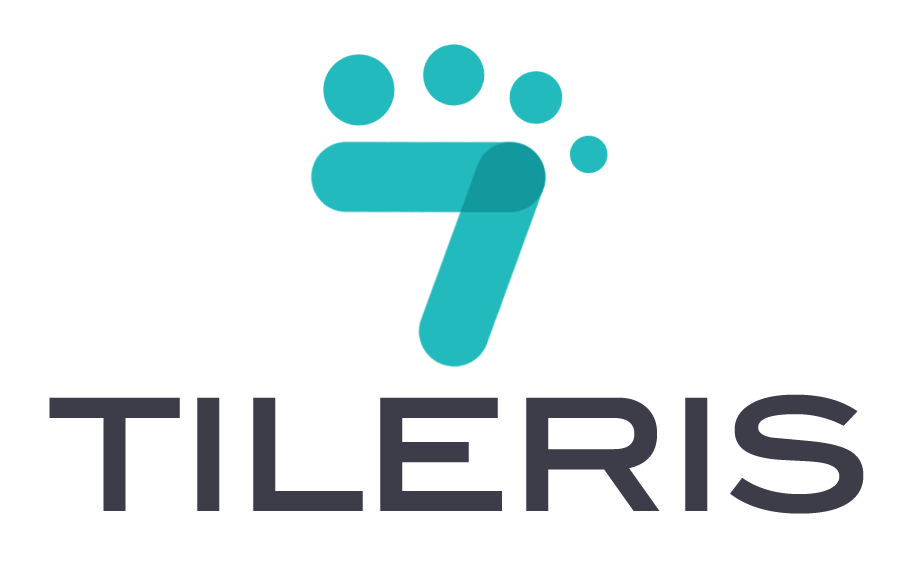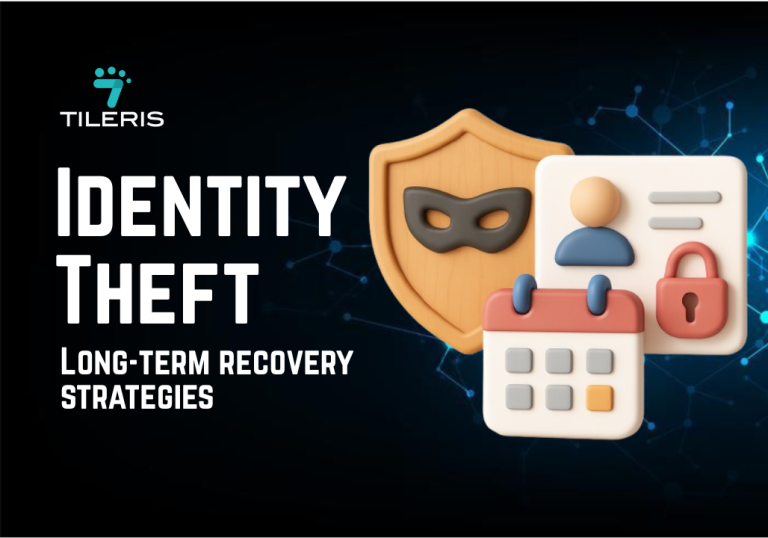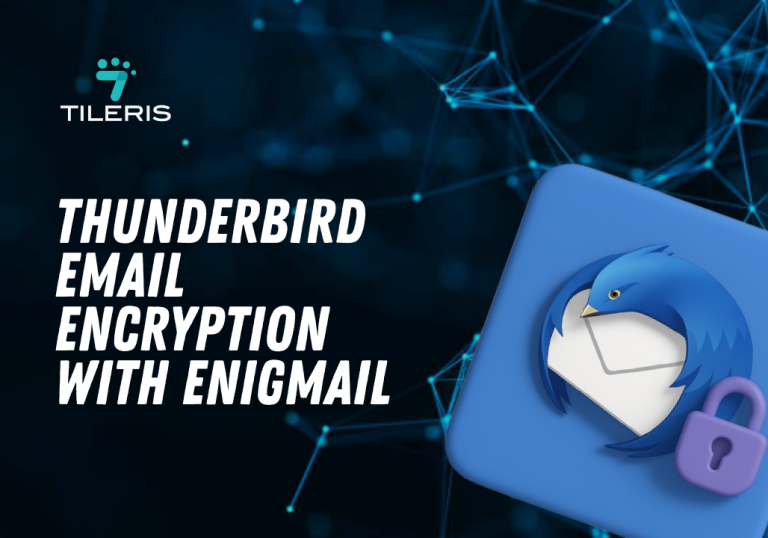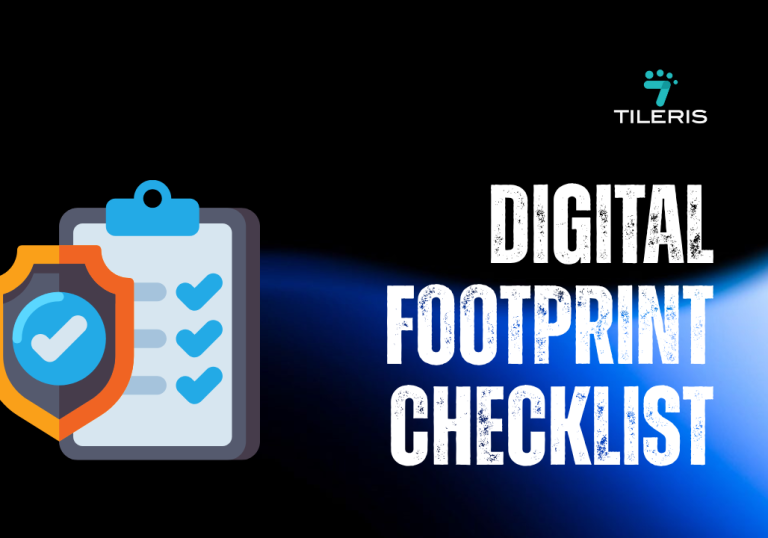How To Conduct Risk Assessment Based On Online Activities
Introduction
In today’s interconnected digital scope, it has become eminent to monitor the Risk assessment based on online activities organizations and individuals face unprecedented cybersecurity challenges that require systematic evaluation and mitigation strategies. Risk assessment based on online activities has become a critical component of comprehensive cybersecurity frameworks, enabling entities to identify, analyze, and address potential threats before they materialize into damaging incidents. This guide provides an in-depth examination of methodologies for conducting thorough risk assessments based on online activities, offering practical frameworks and tools necessary for effective online activity risk assessment.
Understanding the Foundation of Online Risk Assessment
Online risk assessment represents a systematic process of identifying potential security threats, vulnerabilities, and impacts associated with digital operations and internet-based activities. Unlike traditional risk assessments that focus primarily on physical assets, online risk evaluation encompasses a broader spectrum of digital touchpoints, including web applications, cloud services, social media presence, email communications, and remote access systems.
The fundamental principle underlying effective online risk assessment involves understanding the threat landscape, asset inventory, vulnerability identification, and impact analysis. Organizations must recognize that their digital footprint extends beyond their immediate infrastructure to include third-party services, partner networks, and employee personal devices that access corporate resources.
Establishing the Risk Assessment Framework
Phase 1: Asset Identification and Classification
The initial phase of conducting risk assessment based on online activities requires comprehensive identification and classification of digital assets. This process involves cataloging all systems, applications, data repositories, and network components that have internet connectivity or process sensitive information.
Digital assets should be classified based on their criticality to business operations, data sensitivity levels, and potential impact if compromised. High-value assets typically include customer databases, financial systems, intellectual property repositories, and administrative access points. Medium-value assets might encompass internal communication systems, operational databases, and standard user workstations. Low-value assets generally include public-facing informational websites and non-sensitive operational tools.
Asset classification must also consider interdependencies between systems, as compromise of a low-value asset might provide pathways to high-value targets through lateral movement techniques commonly employed by sophisticated threat actors.
Phase 2: Size of Threat Analysis
Contemporary threat landscape analysis requires understanding both external and internal threat vectors. External threats encompass nation-state actors, organized cybercriminal groups, hacktivist organizations, and opportunistic attackers seeking to exploit vulnerabilities for financial gain or ideological purposes.
Internal threats include malicious insiders with legitimate access privileges, negligent employees who inadvertently create security exposures, and compromised accounts that provide attackers with insider access capabilities. The analysis must consider emerging threat trends, including artificial intelligence-powered attacks, supply chain compromises, and sophisticated social engineering campaigns.
Threat intelligence feeds from reputable sources provide valuable insights into current attack methodologies, indicators of compromise, and threat actor tactics, techniques, and procedures (TTPs). Organizations should establish processes for consuming and analyzing threat intelligence to inform their risk assessment activities.
Phase 3: Vulnerability Assessment and Analysis
Vulnerability assessment forms the technical cornerstone of online activity risk assessment, involving systematic identification of security weaknesses in systems, applications, and network infrastructure. This process encompasses both automated vulnerability scanning and manual security testing methodologies.
Automated vulnerability scanners provide broad coverage for identifying known vulnerabilities, misconfigurations, and compliance gaps across network infrastructure and web applications. However, manual testing techniques, including penetration testing and code review, are essential for identifying complex vulnerabilities that automated tools might miss.
Web application security assessment requires specialized attention due to the prevalence of application-layer attacks. Common web application vulnerabilities include injection flaws, broken authentication mechanisms, sensitive data exposure, XML external entity (XXE) attacks, broken access control, security misconfigurations, cross-site scripting (XSS), insecure deserialization, and insufficient logging and monitoring.
Risk Calculation and Prioritization Methodologies
Quantitative Risk Assessment Approaches
Quantitative risk assessment methodologies provide numerical representations of risk levels, enabling organizations to make data-driven decisions about security investments and mitigation strategies. The fundamental formula for risk calculation involves multiplying threat probability by potential impact, adjusted for existing security controls effectiveness.
Annual Loss Expectancy (ALE) calculations help organizations understand the financial implications of security risks by estimating the yearly cost of specific threats. ALE is calculated by multiplying Single Loss Expectancy (SLE) by Annual Rate of Occurrence (ARO), providing concrete financial metrics for risk prioritization decisions.
Return on Security Investment (ROSI) calculations enable organizations to evaluate the cost-effectiveness of proposed security controls by comparing implementation costs against potential loss reduction over specified time periods.
Qualitative Risk Assessment Frameworks
Qualitative risk assessment approaches provide valuable insights when quantitative data is unavailable or insufficient. These methodologies use descriptive scales (such as low, medium, high) to characterize risk levels based on expert judgment and industry best practices.
The NIST Cybersecurity Framework provides a comprehensive qualitative approach to risk assessment, incorporating five core functions: Identify, Protect, Detect, Respond, and Recover. This framework enables organizations to assess their current cybersecurity posture and develop improvement roadmaps aligned with business objectives.
Risk matrices provide visual representations of risk levels by plotting threat likelihood against potential impact, enabling stakeholders to quickly understand risk priorities and make informed decisions about mitigation strategies.
Online Activity-Specific Risk
Cloud Service Risk Assessment
Cloud computing environments introduce unique risk considerations that require specialized assessment methodologies. Organizations must evaluate risks associated with data sovereignty, shared responsibility models, multi-tenancy architectures, and cloud service provider security controls.
Shared responsibility models require clear understanding of security obligations between cloud providers and customers. Infrastructure-as-a-Service (IaaS) environments typically place greater security responsibility on customers, while Software-as-a-Service (SaaS) solutions provide more comprehensive security controls from providers.
Data classification and encryption requirements must be carefully evaluated in cloud environments, particularly when sensitive information is processed or stored across multiple geographic regions with varying regulatory requirements.
Remote Work and Mobile Device Risks
The proliferation of remote work arrangements has significantly expanded organizational attack surfaces, requiring comprehensive assessment of risks associated with home networks, personal devices, and remote access technologies.
Bring Your Own Device (BYOD) policies create complex risk scenarios where personal devices access organizational resources, potentially introducing malware, unauthorized applications, and inadequate security controls into corporate environments.
Virtual Private Network (VPN) solutions, while providing encrypted communications channels, introduce their own risk considerations including authentication vulnerabilities, configuration weaknesses, and potential for unauthorized access if credentials are compromised.
Social Media and Digital Presence Risks
Organizational social media presence creates opportunities for social engineering attacks, brand reputation damage, and information disclosure that can compromise security objectives. Risk assessment must consider both official organizational accounts and employee personal social media activities that might reveal sensitive information.
Social engineering attacks increasingly leverage information gathered from social media platforms to craft convincing phishing campaigns and pretexting scenarios. Employee training and awareness programs must address these evolving threat vectors.
Risk Mitigation and Control Implementation
Technical Control Strategies
Technical controls form the foundation of effective risk mitigation strategies, encompassing network security controls, endpoint protection systems, application security measures, and data protection technologies.
Network segmentation strategies limit potential attack propagation by creating security boundaries between different network zones based on trust levels and functional requirements. Zero Trust Architecture principles eliminate implicit trust assumptions and require continuous verification of access requests.
Endpoint Detection and Response (EDR) solutions provide advanced threat detection capabilities that complement traditional antivirus technologies by analyzing behavioral patterns and identifying sophisticated attack techniques.
Multi-factor authentication (MFA) implementation significantly reduces risks associated with credential compromise by requiring additional verification factors beyond passwords.
Administrative and Procedural Controls
Administrative controls establish governance frameworks, policies, and procedures that guide organizational cybersecurity activities and ensure consistent implementation of security measures across all operational areas.
Incident response procedures define systematic approaches for identifying, containing, investigating, and recovering from security incidents. Regular tabletop exercises help organizations validate and improve their incident response capabilities.
Security awareness training programs educate employees about current threat landscapes, organizational policies, and individual responsibilities for maintaining cybersecurity postures.
Physical and Environmental Controls
Physical security controls protect digital assets by controlling access to facilities, equipment, and infrastructure components that support online operations.
Data center security measures include access controls, environmental monitoring, power management, and disaster recovery capabilities that ensure continuous availability of critical systems.
Workstation security policies address physical access controls, screen locks, device encryption, and secure disposal procedures for equipment containing sensitive information.
Continuous Monitoring and Risk Checks
Dynamic Risk Assessment Approaches
Traditional annual risk assessments are insufficient for addressing rapidly evolving threat landscapes and changing organizational infrastructures. Continuous risk assessment methodologies provide ongoing visibility into emerging threats and changing risk profiles.
Security Information and Event Management (SIEM) systems aggregate and analyze security events from multiple sources to identify potential security incidents and trends that might indicate changing risk levels.
Threat hunting activities proactively search for indicators of advanced persistent threats and sophisticated attack campaigns that might evade traditional security controls.
Risk Metrics and Key Performance Indicators
Effective risk management requires measurable metrics that demonstrate progress toward security objectives and provide early warning indicators of increasing risk levels.
Mean Time to Detection (MTTD) and Mean Time to Response (MTTR) metrics help organizations understand their incident response effectiveness and identify areas for improvement.
Security control effectiveness metrics evaluate whether implemented controls are functioning as intended and providing expected risk reduction benefits.
Regulatory Compliance and Risk Monitoring
Industry-Specific Requirements
Different industries face varying regulatory requirements that influence risk assessment methodologies and mitigation strategies. Healthcare organizations must comply with HIPAA requirements, financial institutions face regulations from multiple agencies, and government contractors must meet specific cybersecurity standards.
Payment Card Industry Data Security Standard (PCI DSS) requirements establish comprehensive security controls for organizations that process credit card transactions, including specific risk assessment obligations.
General Data Protection Regulation (GDPR) and similar privacy regulations require organizations to conduct Privacy Impact Assessments (PIAs) that evaluate risks associated with personal data processing activities.
Compliance Integration Strategies
Risk assessment activities should be integrated with compliance management programs to ensure efficient resource utilization and consistent security postures across all regulatory requirements.
Gap analysis methodologies help organizations identify areas where current security controls may not meet regulatory requirements, enabling targeted improvements that address both risk mitigation and compliance objectives.
Documentation and reporting requirements vary significantly across different regulatory frameworks, requiring organizations to maintain comprehensive records of risk assessment activities and mitigation decisions.
Advanced Risk Assessment Techniques
Machine Learning and Artificial Intelligence Applications
Emerging technologies are transforming risk assessment capabilities by enabling automated analysis of large datasets, pattern recognition, and predictive modeling that enhance traditional assessment methodologies.
Behavioral analytics systems use machine learning algorithms to establish baseline patterns of normal user and network activity, enabling detection of anomalous behaviors that might indicate security incidents.
Threat intelligence platforms leverage artificial intelligence to analyze vast amounts of security data from multiple sources, identifying emerging threats and attack patterns that inform risk assessment activities.
Scenario-Based Risk Modeling
Advanced risk assessment techniques include scenario-based modeling that evaluates potential impacts of specific attack scenarios against organizational assets and operations.
Business Impact Analysis (BIA) methodologies help organizations understand the operational and financial consequences of different types of security incidents, enabling more accurate risk calculations and mitigation prioritization.
Red team exercises simulate realistic attack scenarios to test organizational security controls and identify vulnerabilities that might not be apparent through traditional assessment methods.
The Best Practices and Lessons Learned
Organizational Integration Strategies
Successful risk assessment programs require integration with broader organizational governance structures, including executive leadership, operational management, and technical implementation teams.
Risk communication strategies must translate technical risk assessments into business language that enables informed decision-making by non-technical stakeholders.
Budget allocation processes should incorporate risk assessment findings to ensure adequate resources are available for implementing necessary security controls and mitigation measures.
Common Implementation Challenges
Organizations frequently encounter challenges related to resource constraints, competing priorities, and technical complexity when implementing comprehensive risk assessment programs.
Skills gaps in cybersecurity expertise can limit organizations’ abilities to conduct thorough risk assessments and implement effective mitigation strategies. Training programs and external partnerships can help address these limitations.
Technology integration challenges arise when attempting to implement security controls across diverse IT environments with varying architectures, operating systems, and application platforms.
Conclusion
Conducting effective risk assessment based on online activities requires comprehensive understanding of threat landscapes, systematic evaluation methodologies, and continuous adaptation to evolving security challenges. Organizations that implement robust online activity risk assessment programs position themselves to proactively address cybersecurity threats while maintaining operational efficiency and regulatory compliance.
The future of online risk assessment will likely incorporate increasingly sophisticated technologies, including artificial intelligence, machine learning, and automated response capabilities that enhance organizations’ abilities to identify and mitigate emerging threats in real-time.
Success in online risk assessment requires commitment to continuous improvement, regular updates to assessment methodologies, and integration with broader organizational risk management frameworks that address both cybersecurity and business continuity objectives.
To take your cybersecurity to the next level, proceed to downloading our free security checklist, it’s packed with simple steps to help you stay protected online. And for more contents like this just head over to tileris.com.
If you’re looking for more hands-on support or more cyber security contents like this contact us, you can also request a free consultation with our AI agents, our experts are ready to guide you. Or, if you’d rather see how Tileris works in real time, go ahead and request a demo through our contact form.







